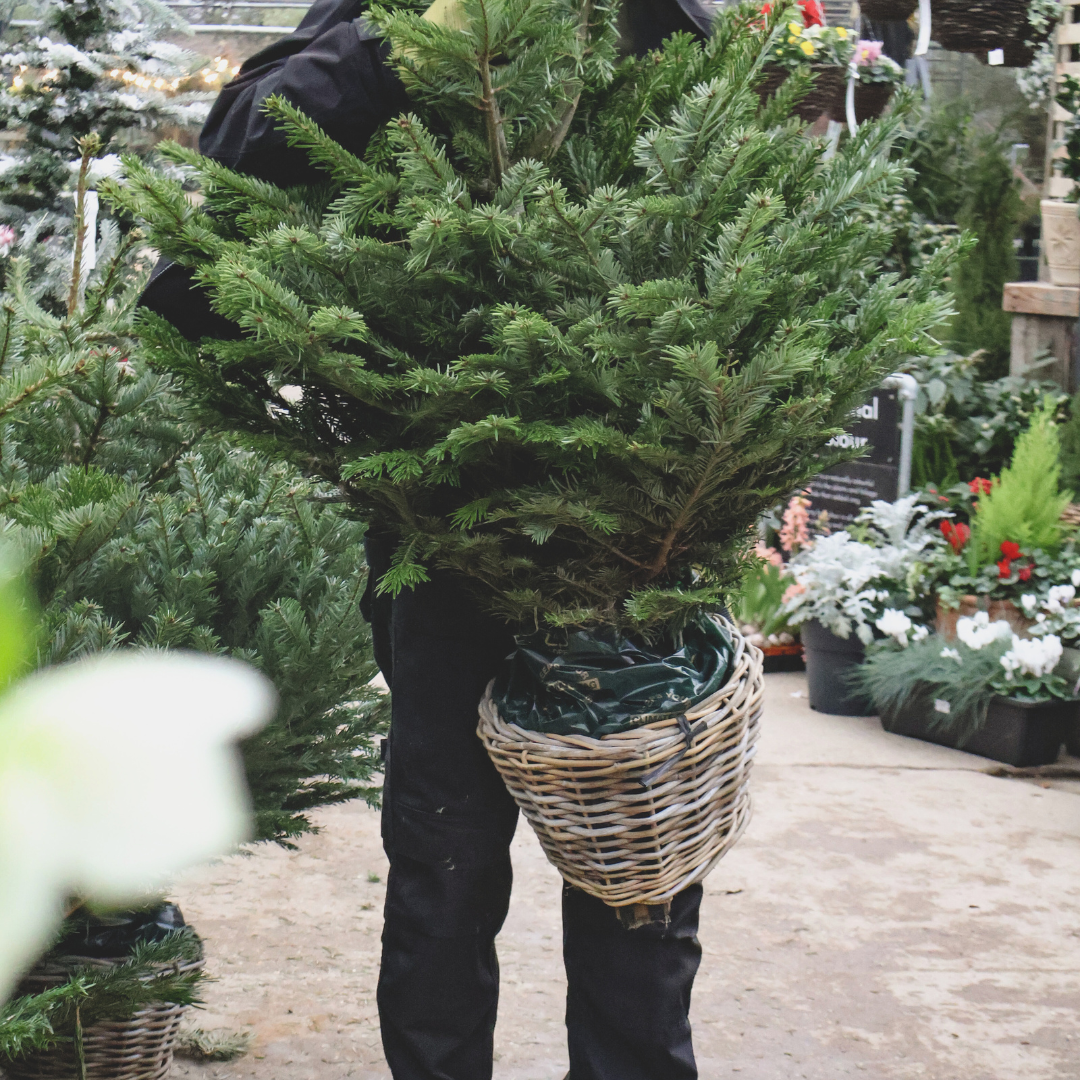Why Your Hydrangeas Might Be Struggling Right Now

(And How to Help Them Bounce Back)
Hydrangeas are a garden favourite — big, beautiful blooms and lush foliage make them stars of the summer border. But if yours are suddenly drooping, wilting, or looking a little worse for wear this July, you’re not alone.
Hot weather, drying winds, and midsummer stress can leave these thirsty shrubs struggling. Here's a breakdown of the most common hydrangea problems this time of year — and how to give them some much-needed TLC.
1. Wilting in the Heat
Hydrangeas wilt dramatically when thirsty — especially Hydrangea macrophylla varieties. Even if the soil seems moist, the leaves may still droop on hot afternoons due to transpiration stress.
Fix:
Don’t panic and overwater! Check the soil 5–10 cm down — if it’s damp, the plant is likely just stressed from midday sun. Provide deep morning watering and consider adding mulch to retain moisture.
2. Drying Out in Pots
Container-grown hydrangeas dry out much faster than those in the ground, especially in sunny spots. They may need watering twice a day during a heatwave.
Fix:
Move pots to a spot with some afternoon shade, and make sure they’re not rootbound. Use a moisture-retaining compost and keep a saucer underneath to slow evaporation.
3. Crispy Leaf Edges or Burnt Blooms
Brown leaf tips or scorched petals usually point to sun scorch or dry air. Wind and intense sun can cause this, especially on new growth or white/pale bloom varieties.
Fix:
Provide temporary shade during the hottest part of the day, especially for hydrangeas planted recently. You can also mist foliage (early morning only) to help with humidity.
4. No Flowers?
If your hydrangea is healthy but hasn’t bloomed, it could be because of:
Incorrect pruning (cutting off next year’s buds)
Too much nitrogen, promoting leafy growth
Frost damage earlier in spring
Fix:
Know your variety. Some bloom on old wood (e.g., mopheads), others on new (e.g., paniculata). Don’t prune unless you’re sure, and avoid feeding with high-nitrogen fertilisers mid-season.
5. Pests and Problems
Keep an eye out for:
Aphids or capsid bugs nibbling leaves
Powdery mildew in humid weather
Slugs/snails on young plants or in containers
Fix:
Use organic sprays, attract beneficial insects, or use slug deterrents. Keeping your plant well-watered and stress-free is the best defence.
Final Tips:
Hydrangeas love consistency — even watering, dappled light, and rich, well-drained soil.
Don’t let them dry out completely, but avoid waterlogging too.
Add mulch in summer to help cool roots and trap moisture.
Trim spent blooms in late summer to tidy the plant, but don’t prune hard unless needed.
Still Unsure?
Pop in and see us at Flowerland — our team can help identify your specific hydrangea issue and recommend the best solutions, from feed to shade cloth to plant care tools.
And don’t forget to follow us on Instagram @flowerland.living for more seasonal plant tips, behind-the-scenes inspiration, and community events







